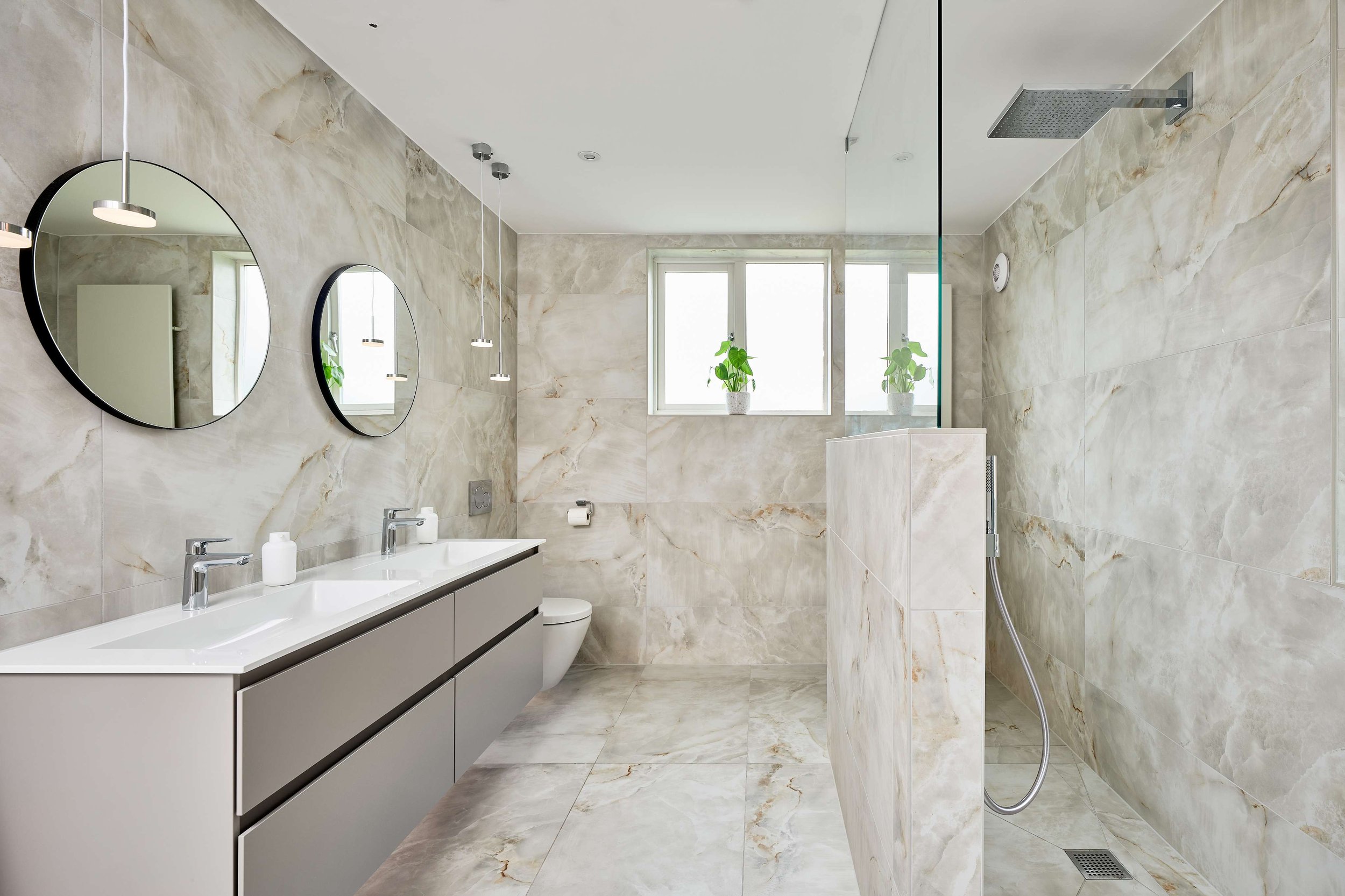How to: Ventilate your bathroom
Keeping your bathroom well-ventilated is essential for maintaining a fresh, airy, and mould-free environment, especially during the hotter summer months. Proper ventilation not only improves air quality but also extends the life of your bathroom fixtures and surfaces, which is it’s so important to get right. Here, Senior Designer Chris Payne from Ripples Bristol shares his advice.
Ventilating your bathroom is crucial for maintaining a healthy and comfortable home environment, especially during the warmer summer months when humidity levels can rise. Proper ventilation not only prevents the growth of mould and mildew but also keeps your bathroom fresh and odour-free. Here, we’ll take a look at the various elements of bathroom design which can help with ventilation, as well as some practical maintenance tips to ensure your bathroom remains well-ventilated all summer long.
Ventilation in bathroom design
Extractor fans
Extractor fans are perhaps the most common area of a bathroom to offer ventilation. They help to expel moist air, reducing humidity levels and preventing mould growth. Here are some key considerations:
Size and capacity: Ensure the extractor fan is appropriately sized for your bathroom; for larger bathrooms, or those with additional features like a jetted tub, you may need a more powerful fan
Placement: Install the extractor fan near the shower or bath, where most moisture is generated. If possible, position it on the ceiling to take advantage of rising warm air
Operation: Use the extractor fan during and after showers or baths to effectively remove moisture from the room. Most extractor fans are triggered when the light switch is pulled, however running the fan for at least 20 minutes post-shower/bath can significantly reduce humidity levels
Key considerations
Windows and natural ventilation
Windows offer a form of natural ventilation which can work well alongside an extractor fan. If you’re installing new windows as part of your bathroom renovation, it’s a good idea to think about the following:
Operable windows: Install windows that can be opened to allow fresh air in and let moist air out. Casement windows or awning windows are excellent choices as they can be left open even during rain.
Cross ventilation: If possible, design your bathroom to allow for cross ventilation. This involves placing windows on opposite walls to create a natural airflow that helps to quickly dissipate moisture
Skylights: Skylights that can be opened provide additional natural ventilation and bring in more light, making your bathroom feel more spacious and airy
Vents and ducts
Properly installed vents and ducts are essential for effective bathroom ventilation:
Duct material and size: Use rigid or semi-rigid ducting rather than flexible ducting, which can accumulate moisture and restrict airflow. Ensure the duct size matches the fan's exhaust outlet to maximise efficiency.
Vent location: The exterior vent should be placed in a location where moist air can be safely expelled away from your home's walls and windows, preventing damage and re-entry of moist air
Practical maintenance tips
Regular cleaning
Extractor fan: Make sure you regularly clean your extractor fan cover and blades to maintain optimal performance as dust and grime buildup can hinder the fan's efficiency. Regularly inspect your extractor for signs of wear and tear as if your fan is old or noisy, it might be time for a replacement. Modern extracot fans are more efficient and quieter, providing better ventilation with less noise
Vents and ducts: Periodically inspect and clean the vent and ductwork to prevent blockages and ensure smooth airflow
Check for leaks
Ensure that all windows, skylights and duct connections are properly sealed to prevent leaks, which can introduce unwanted moisture into your bathroom.
Use a dehumidifier
In areas with high humidity levels, consider using a portable dehumidifier in your bathroom. This can help reduce overall humidity and support your ventilation system.
Keep doors open
Whenever possible, keep the bathroom door open when not in use. This promotes airflow and helps disperse any lingering moisture.
For more bathroom advice from our team of specialist bathroom designers, download or request a copy of our free Style Guide.
Want to find out where to start when it comes to re-designing a bathroom? Read our expert advice with helpful information on every part of the project.





